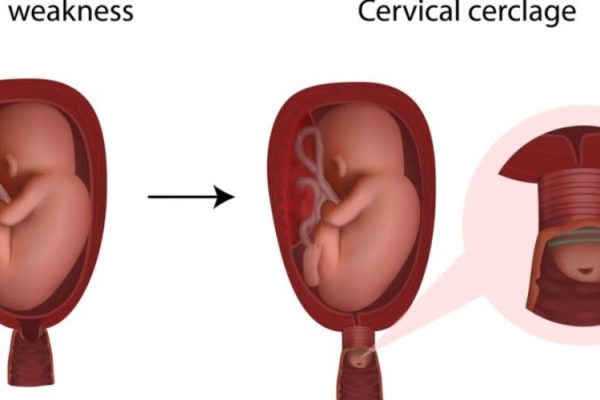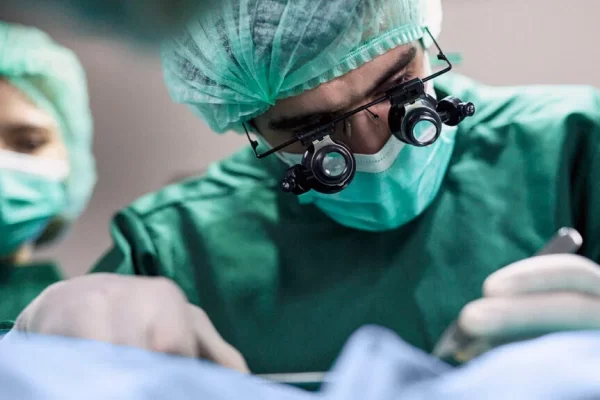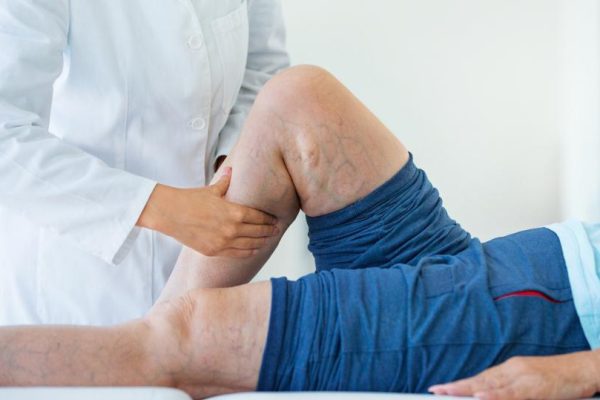Varicose and spider veins only rarely cause serious issues and they are largely a cosmetic issue. However, since they can be unsightly, those with them often want to eradicate them to restore a more youthful look. Varicose veins are typically in the legs while spider veins, a milder varicose vein, can affect the face. When present on the face, they can be difficult to hide, so treating them is typically the best choice. Collapsing these veins is a common method to consider for these veins.
Spider Vein Basics
These smaller and milder varicose veins occur just below the skin’s surface, usually on the face. They do not cause health problems, but they can impact your confidence. These veins typically blue or red and may resemble a spider web or tree branches.
When a small group of blood vessels dilates, or blood backs up, these can develop. Exactly why they develop remains unknown, but experts state that the following may increase your risk:
- Heredity
- Trauma
- Sun damage
- Pregnancy
- Aging
- Hormones
Varicose Vein Basics
Varicose veins are similar to spider veins but are most often on the legs and tend to be larger and more prominent. The risk factors are the same, but varicose veins may result from damaged or weak valves in the veins. The valves should prevent the backwards flow of blood, but when they are damaged or weak, the blood may leak backwards and start to pool. As the blood pools, the veins enlarge, causing them to become varicose. These veins may also cause certain symptoms you generally do not see with spider veins:
- Aching, especially with prolonged standing or sitting
- Heaviness
- Irritated or itchy rash
- Restless legs
- Cramping or throbbing
- Swelling
- Darkened skin
Collapsing Blood Vessels
Collapsing spider or varicose veins is a relatively common treatment option. While this may sound daunting, cosmetic surgeons who are board certified are able to perform the procedure with precision, alleviating the danger. A procedure called sclerotherapy is used to collapse the spider veins and it is minimally invasive. Once the affected veins collapse, the blood resolves and you will no longer see the spider web-like pattern on your skin. This method can also be used for varicose veins in the legs.
What is Sclerotherapy?
Sclerotherapy it a technique where the doctor will inject the spider or varicose vein with a special sclerosing solution. This works to make the blood to essentially reroute itself to veins that are healthier and able to allow it to travel normally. Once the pooled blood is gone, the vein collapses. The local tissue eventually absorbs this vessel and it fades.
Up to 80 percent of patients experience their spider veins completely eliminated with a single session. On average, it takes three to six weeks for spider veins to respond to this treatment and three to four months for varicose veins to respond.
Prior to the procedure, you will meet with your doctor who will review your medical history and let you know about any special preparation actions you need to do. For example, it is often advised that you do not shave the area where the procedure is being done for at least 24 hours. You should also avoid applying any anti-aging, skincare or beauty products about 24 hours before sclerotherapy.
On the day of your procedure, the process begins with the area being injected getting cleaned. The doctor then uses a very fine needle to inject the sclerosing agent into the veins that are being treated. The sclerosing agent is slowly injected. Depending on the area being treated, you might need to have more than one injection. With spider veins, the agent is typically a liquid since these veins are smaller. However, if larger varicose veins are being treated, your doctor might choose a sclerosing foam since it is able to cover more surface area compared to the liquid solution. Magnification and bright lights may be used to help your doctor ensure optimal precision during the injections.
When the solution is being injected, it is possible to experience minor cramping or stinging. This generally goes away after the procedure is complete.
After all of the injections are done, the doctor will apply compression to the area. To disperse the solution and prevent blood from getting into the injected vessel, the doctor may massage the area. In some cases, a compression pad is applied to the injection site. This is generally only left on for a short amount of time.
It typically takes an hour or less to complete this procedure. In most cases, it is performed in a doctor’s office.
Recovering from Sclerotherapy
To prevent blood clot formation, it is important to start moving around shortly after sclerotherapy is completed. For up to two weeks, you are generally given either compression bandages or stockings to wear on the area that was treated.
In most cases, you are able to go back to your normal schedule the day of the procedure. However, for about two weeks, your doctor may advise you to avoid strenuous exercise. About a month after the procedure, your doctor will likely have you come in for a follow-up appointment. This is to determine if your veins were adequately treated or if you might need additional treatment. If another session is necessary, you typically have to wait approximately six weeks before having sclerotherapy again.
In most cases, the veins that are treated do not come back as spider or varicose veins. However, it is still possible to experience this issue elsewhere. For example, if a spider vein is treated on your left cheek, this specific vein will likely not recur. However, it is possible to experience a separate spider vein on your right cheek.
Dr. Philip S. Schoenfeld is the medical director and founder of the Renu Artful Medicine and has been helping patients for sclerotherapy improve the appearance of spider and varicose veins. Since 1998, the double board-certified physician has been practicing reconstructive and facial plastic surgery in both Maryland and Washington DC. For more information, visit his site at www.renudc.com.





